Surface roll and pitch on inclined test tracks
13th March 2008
Source:
Oxford Technical Solutions
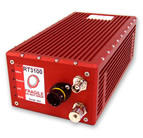
Measuring roll and pitch on an inclined or tilted test track can lead to irregularities in your test results. This can now be compensated by using an RT Inertial and GPS measurement system from OxTS.
Although perfectly horizontal tracks are desirable from a technical perspective, they are not always practical. After rain it takes a very long time for a horizontal track to dry. Flat inclined tracks dry much faster because the inclined surface allows the rain to drain off. However, the measurements from these tracks show anomalies in roll, pitch, body acceleration, and slip angle. These anomalies disrupt testing and need to be compensated. The effect is most visible in the roll and pitch angles, especially during circle tests.
On the uphill sections of inclined test tracks the pitch is positive whereas it is negative on the downhill section. The same problem occurs with the roll where the vehicle rolls one way at the top of the hill and the other way at the bottom.
The new surface roll and surface pitch outputs on the RT products' CAN bus compensate for the inclined angle of the track. Quick configuration software is used to measure the inclination angle of the track and download it to the RT measurement system. The software also gives a statistical measure of how flat the surface is.
The new measurements on the CAN bus will output the roll and pitch compared to the surface, not compared to gravity. The true roll and pitch (compared to the horizontal) are still output as normal and are not affected.
Laser height sensors are no longer the solution on inclined tracks. Surface roll and surface pitch measurements from the RT Inertial and GPS measurement systems give you more information about the behaviour of your vehicle and in a format that is easily interpreted.
On the uphill sections of inclined test tracks the pitch is positive whereas it is negative on the downhill section. The same problem occurs with the roll where the vehicle rolls one way at the top of the hill and the other way at the bottom.
The new surface roll and surface pitch outputs on the RT products' CAN bus compensate for the inclined angle of the track. Quick configuration software is used to measure the inclination angle of the track and download it to the RT measurement system. The software also gives a statistical measure of how flat the surface is.
The new measurements on the CAN bus will output the roll and pitch compared to the surface, not compared to gravity. The true roll and pitch (compared to the horizontal) are still output as normal and are not affected.
Laser height sensors are no longer the solution on inclined tracks. Surface roll and surface pitch measurements from the RT Inertial and GPS measurement systems give you more information about the behaviour of your vehicle and in a format that is easily interpreted.
Similar articles
More from Oxford Technical Solutions
- New RT2002 GPS+INS system launched 26th March 2010
- Car-to-Pedestrian Tracking 20th August 2009
- OxTS measurement systems used by NHTSA 6th April 2009
- Electronic Stability Control tests with RT2500 4th February 2009

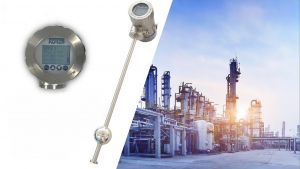
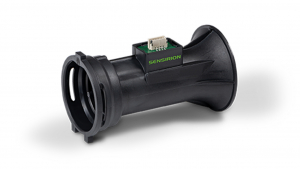
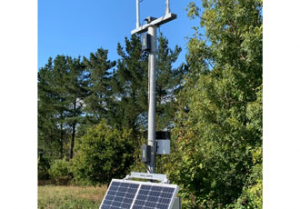
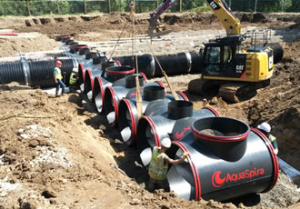
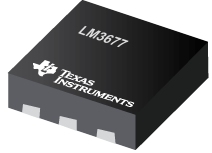

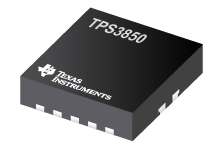
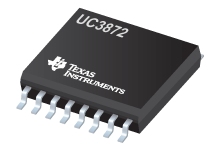
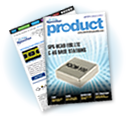
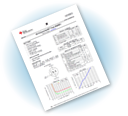

Write a comment
No comments